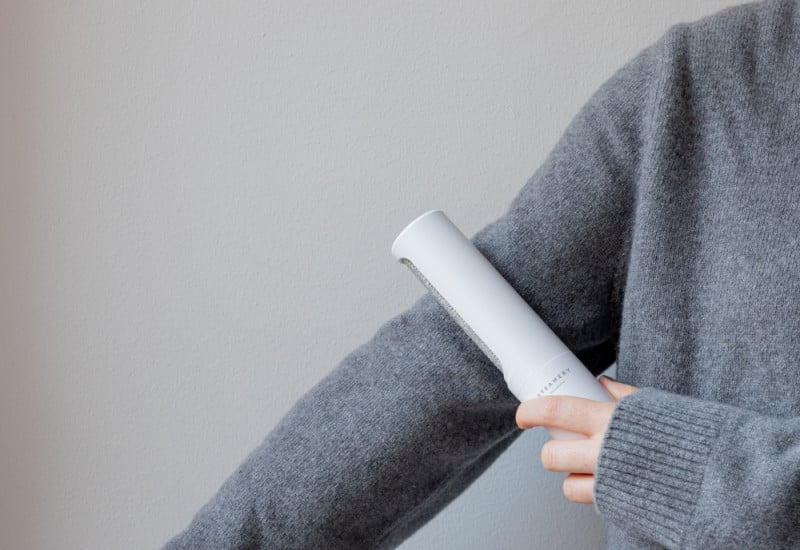Cashmere: The Rolls Royce of wool
Cashmere wool is made from the ultra-soft undercoat of cashmere-goats. Cashmere-goats were originally bread in the northern Indian region Cashmere and the wool they produce makes one of the world's most expensive textile weaves. The goats have an extremely warm coat. Even though their natural habitat is very cold they have very little subcutaneous fat. Hence, cashmere-wool is about four times warmer than other types of wool.
Nowadays most cashmere wool comes from inner Mongolia and China, but we still call it cashmere wool. The wool can only be made from the winter fur, and since the goats only shed their winter fur once a year, cashmere wool is very rare.
How can I tell high-quality cashmere from low?
With increased demand comes a larger supply, but please be mindful about the quality before purchasing a garment. Many manufactured garments can’t be measured with the quality of traditional cashmere; the wool can be blended with other fibers or the undercoat is not thoroughly separated from the rest of the coat.
These details can tell you about the quality:
- Softness – high quality cashmere never itches
- Pilling, finer cashmere is shinier and produces less pilling
- Fiber length: fine cashmere has a fiber length of at least 36 mm of maximum 40 mm. Simplified you can say that cashmere garments made of short fiber cashmere will attract more lint.
- How many threads that have been woven to produce the yarn made to knit the garment. More threads make the yarn warmer, durable and more sustainable.
Low-quality cashmere will:
- Create more pilling (even if all weaves will create some pilling)
- Rip more easily
- Not keep you as warm and cozy as fine quality cashmere
In the world of fashion, it’s rare to find a correlation between the quality and the price tag. But when it comes to cashmere, the quality is often reflected in the price. Too cheap means you can’t expect too much.




